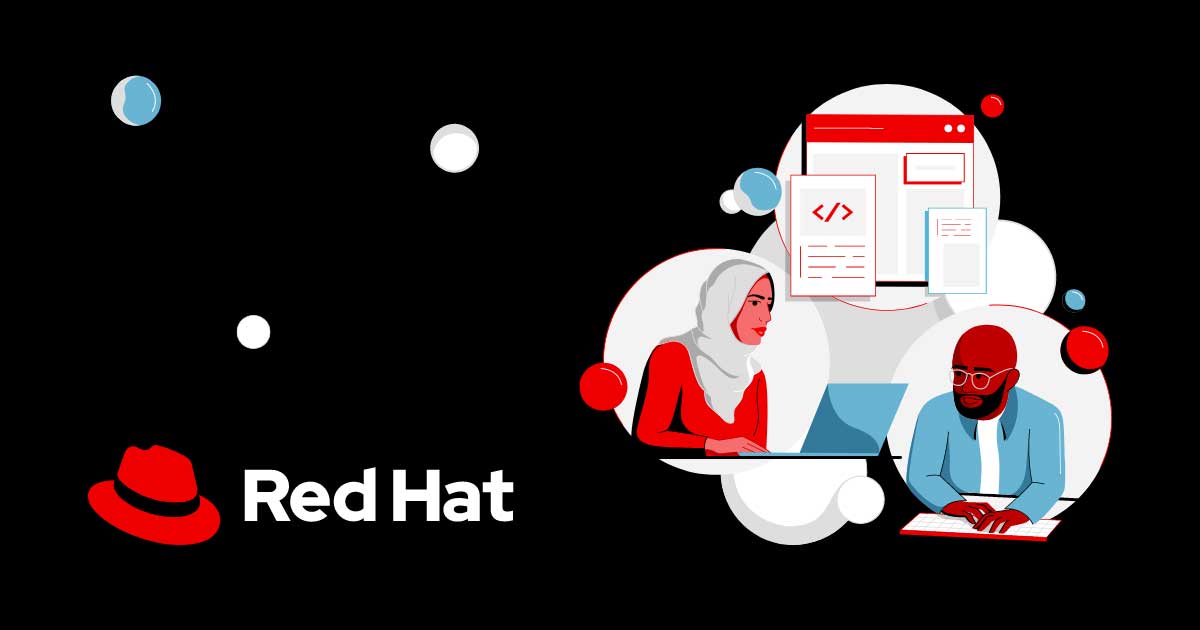I haven't been in the *nix Admin role in almost 11 years, so a lot of new cool shit has passed me by. I was reading a little about Ansible, and think it could be useful in my new position in Middleware Infrastructure to help with deployments, automating tasks, etc.
Anyone have experience with it, any likes/dislikes? I'd only use it for as Redhat Linux environment, no Windows servers.
Here's a Wikipedia link if you've never heard of it.
Anyone have experience with it, any likes/dislikes? I'd only use it for as Redhat Linux environment, no Windows servers.
Here's a Wikipedia link if you've never heard of it.




Comment